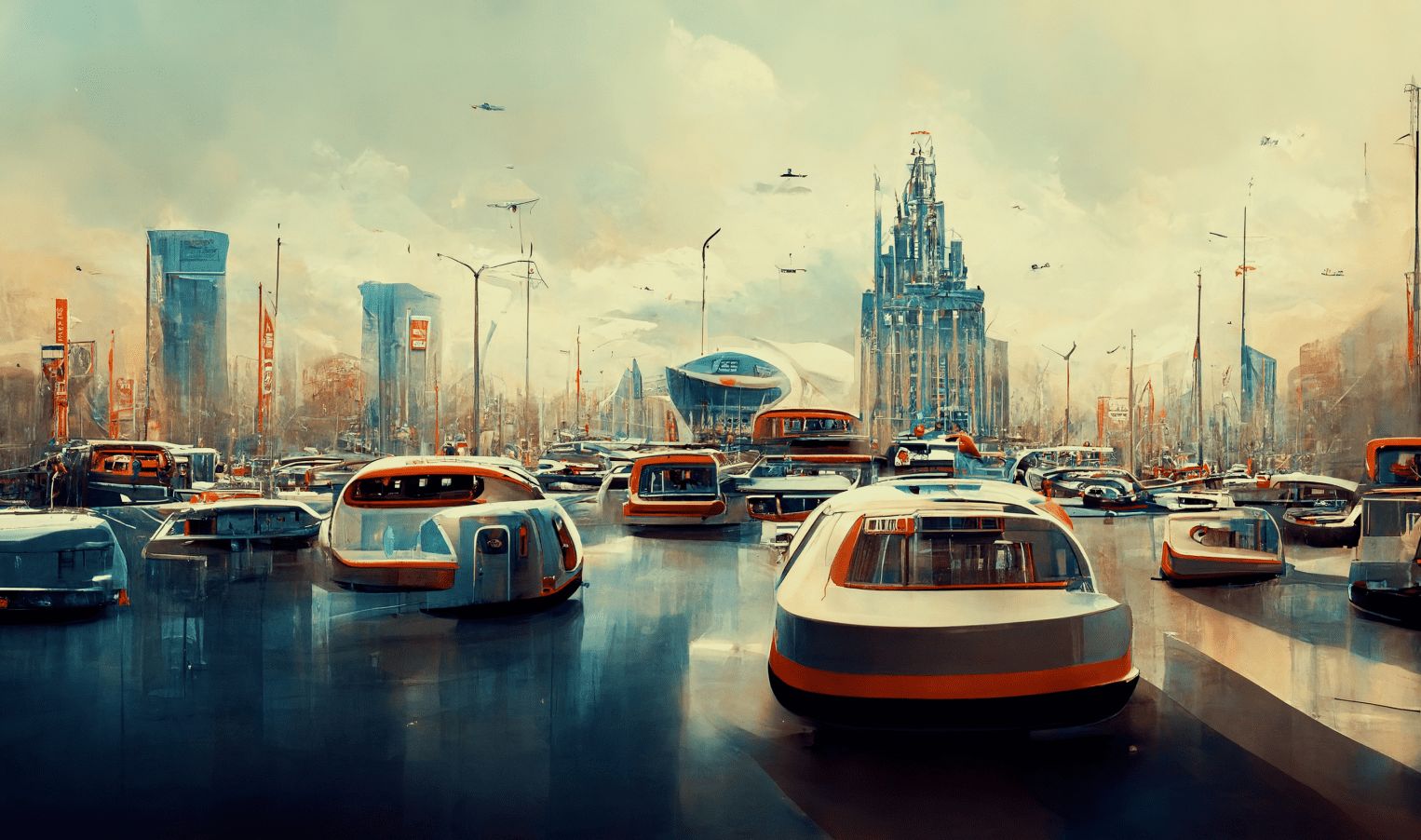
Smart vehicles, responsible AI
Recent innovations in AI, 5G connectivity, and the public shift toward electric vehicles have pushed the advent of autonomous vehicles quite forward in the last few years.
However, the companies in this sector still face some rather cumbersome challenges:

AI Lacks Common Sense
The machine learning algorithm is used to track the movement of objects on the road, such as road signs and traffic signals, and the control system makes judgments based on that information. When the AI fails to recognize real-world events, such as when it sees a plastic bag flying in front of it, it will halt unnecessarily, or if the sensor detects a flock of birds sitting on the road, it will slam the brakes. Furthermore, real-world drivers deal with numerous complex social situations that machines cannot.

Map Creation is Complex
Self-driving vehicles rely on 3D maps created by sophisticated ML algorithms and extensive trial runs. However, these maps take time to be created with accuracy. Moreover, these maps cannot react to changes that may occur due to traffic signal changes or recent construction work.

Cybersecurity Concerns
Self-driving vehicles rely on huge amounts of data, which is a target for hackers. Moreover, a highly connected transport system would leave a lot of gaps that cybercriminals can exploit, which calls for robust security measures.

Sensors Tricked by Bad Weather
The self-driving vehicle’s control system receives the data from the sensors, which then process it. The system then chooses whether to stop, turn to the left or right, proceed, or, if necessary, shift into reverse. However, the sensors have a hard time operating well in the presence of snow, fog, or a lot of rain. The safety of the customer may be at risk since the accuracy of the sensing capability is significantly influenced by unfavorable weather.
Opporture allows for the generation of high-quality datasets for the development of large-scale mapping, perception, and prediction models. We can help you simplify your data pipeline for increased throughput by leveraging our computer vision skills and expertise.
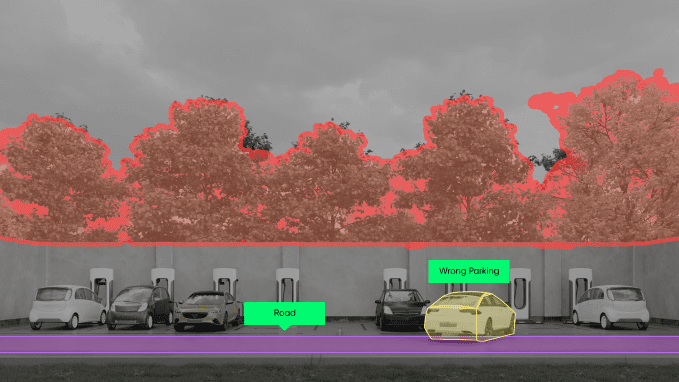
Our experts help to reduce navigation uncertainty by combining LiDAR and images acquired from many perspectives by different sensors.
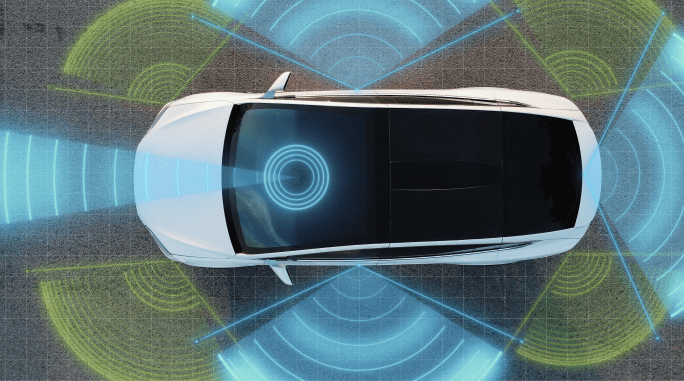
Label photos and videos collected by multi-sensor cameras in 360 degrees of vision and create accurate, high-quality ground truth datasets to support autonomous driving algorithms.
Let your vehicles determine object shapes and track their movements effectively via accurate points.
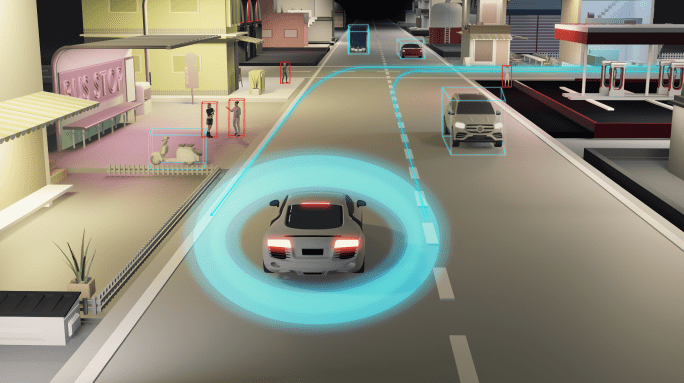
Train your vehicles in numerous scenarios to detect drivable areas on lanes, highways, cities, and high-traffic areas.
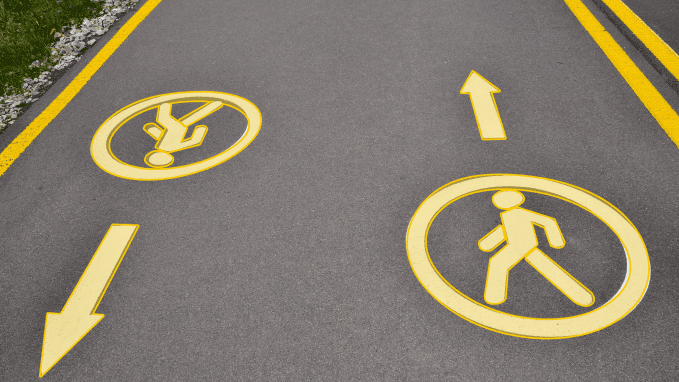
Detect objects such as animals, pedestrians, cars, traffic signboards, lane markings, and more by annotating their exact edges, irrespective of shape.
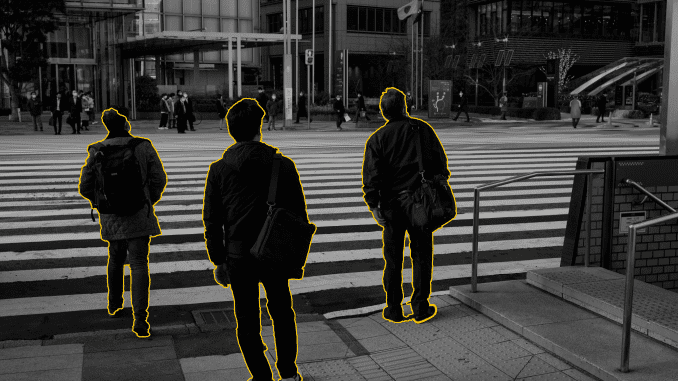
Combine instance and semantic segmentation to identify the class that each instance of an image’s pixel belongs to as well as the specific instances of that class.
Read our case studies of working with the Automotive Industry:
Talk to us!
Copyright © 2023 opporture. All rights reserved | HTML Sitemap